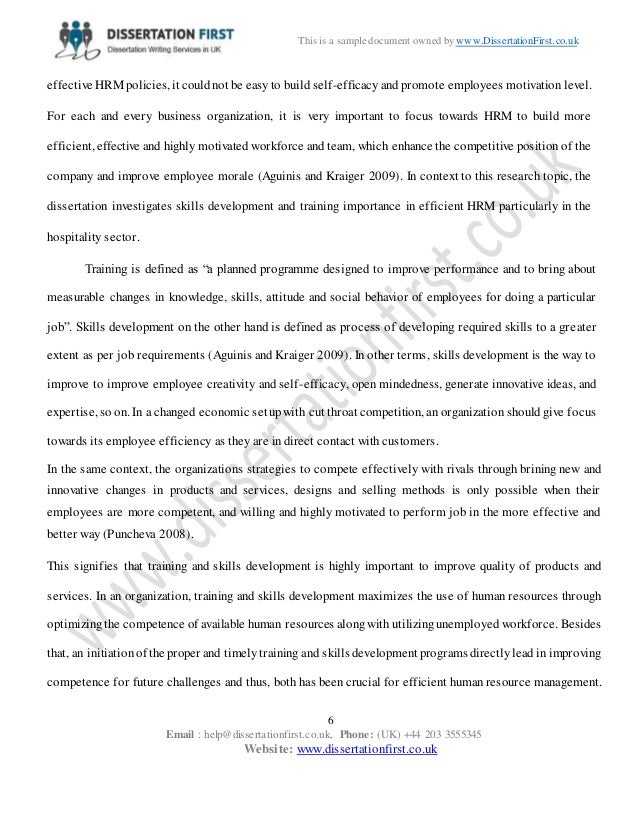Protozoa: Structure, Classification, Growth, and Development.
Almost all harmful protozoans lead a parasitic mode of life. They parasitize almost every species of plants and animals including the man and cause various fatal diseases. 1. Parasitic Protozoa: The parasitic protozoans live on or within the body of other organisms (known as host) for the sake of food, shelter and continuance of their races.
Out of 65,000 described species of protozoa, slightly more than 50% are fossil forms; of the remaining 50%, some 22,000 are free-living species, while 10,000 species are parasitic. It is estimated that even now there are hundreds of thousands of species yet to be described. Protozoa are distributed in diverse moist habitats. They commonly occur in sea, in fresh water, and in soil.

The Protozoa are considered to be a subkingdom of the kingdom Protista, although in the classical system they were placed in the kingdom Animalia. More than 50,000 species have been described, most of which are free-living organisms; protozoa are found in almost every possible habitat. The fossil record in the form of shells in sedimentary rocks shows that protozoa were present in the Pre.

Protozoan - Protozoan - Adaptations: For the most part, parasitic protozoans live in a fairly constant environment. Temperature fluctuates very little, or not at all, inside the host, desiccation is not a risk, and food is in constant supply. Free-living protists, on the other hand, face short- or long-term changes in temperature, aquatic acidity, food supply, moisture, and light. Many.

Free parasite papers, essays, and research papers. My Account. Your. Malaria is a mosquito-borne infectious disease to humans and other animals which is caused by parasitic protozoans. You develop it by a female infected mosquito with parasites transmitting its bite through the skin. This can cause severe redness on the area and continuous itching which can cause the bite to inflame.

Protozoan, organism, usually single-celled and heterotrophic (using organic carbon as a source of energy), belonging to any of the major lineages of protists and, like most protists, typically microscopic. All protozoans are eukaryotes and therefore possess a “true,” or membrane-bound, nucleus.

Some are parasitic, which means they live in other plants and animals including humans, where they cause disease. Plasmodium, for example, causes malaria. They are motile and can move by: Cilia - tiny hair like structures that cover the outside of the microbe. They beat in a regular continuous pattern like flexible oars. Flagella - long thread-like structures that extend from the cell surface.

Protozoans digest their food in spaces called vacuoles. Contractile vacuoles that are found in protozoa thriving in freshwater, excrete water that penetrates into the cells by osmosis. While chewing down the food, protozoans produce and release nitrogen. Protozoa species move on their own by one of the three types of locomotor organelles such as flagella, cilia, or pseudopodia. Protozoa.

Parasitism is a kind of symbiosis, a close and persistent long-term biological interaction between a parasite and its host.Unlike saprotrophs, parasites feed on living hosts, though some parasitic fungi, for instance, may continue to feed on hosts they have killed.Unlike commensalism and mutualism, the parasitic relationship harms the host, either feeding on it or, as in the case of intestinal.

Viruses, Fungi, Protozoa, Bacteria Info Essay. Paper type: Essay: Pages: 13 (3060 words) Downloads: 23: Views: 129: A virus is a small infectious agent that replicates only inside the living cells of other organisms. Viruses can infect all types of life forms, from animals and plants to bacteria and archaea. Characteristics: Like living organisms, viruses contain nucleic acids and proteins.

Protozoa have traditionally been divided on the basis of locomotion. Most protozoans are too small to be seen with the naked eye - most are around 0.01-0.05 mm, although forms up to 0.5 mm are still fairly common - but can easily be found under a microscope. There are 4 groupings of protozoans. The Amoeba called the Sarcodines and the Flagellates called the Mastigotes are sometimes linked into.

Parasitic protozoa. STUDY. PLAY. Entamoeba histolytica characteristics. Rhizopod Multiplies by binary fission, moves via pseudopodia Humans only reservoir Risks: travel to endemic areas (Mexico, India), institutions, etc. Entamoeba histolytica route of infection. Cysts in stool get ingested, excystate in SI, migrate to the colon and divide, encystating again (PTP) Entameoba histolytica disease.

The parasitic protozoans that cause this disease are called trypanosomes from the genus Trypanosoma, and are transmitted by the bite of tsetse fly. Tsetse flies are about the size of a housefly, and are extremely aggressive. The tsetse fly is endemic in regions of sub-Saharan Africa. Trypanosomes are classified as part of the Phylum Euglenozoa and subphylum Kinetoplasta. The kinetoplastans are.



